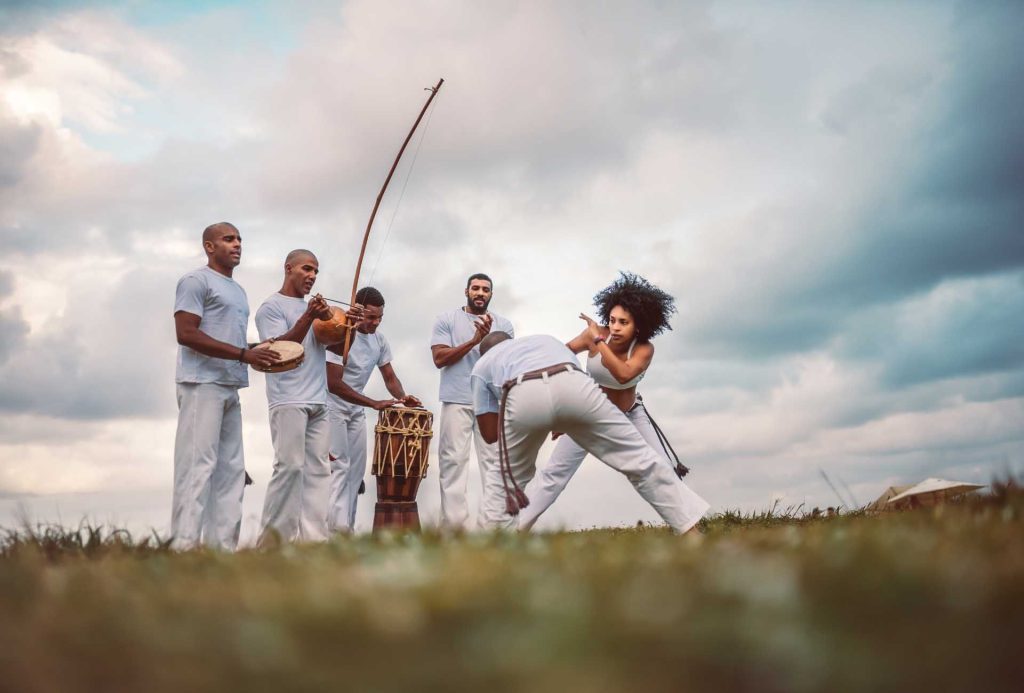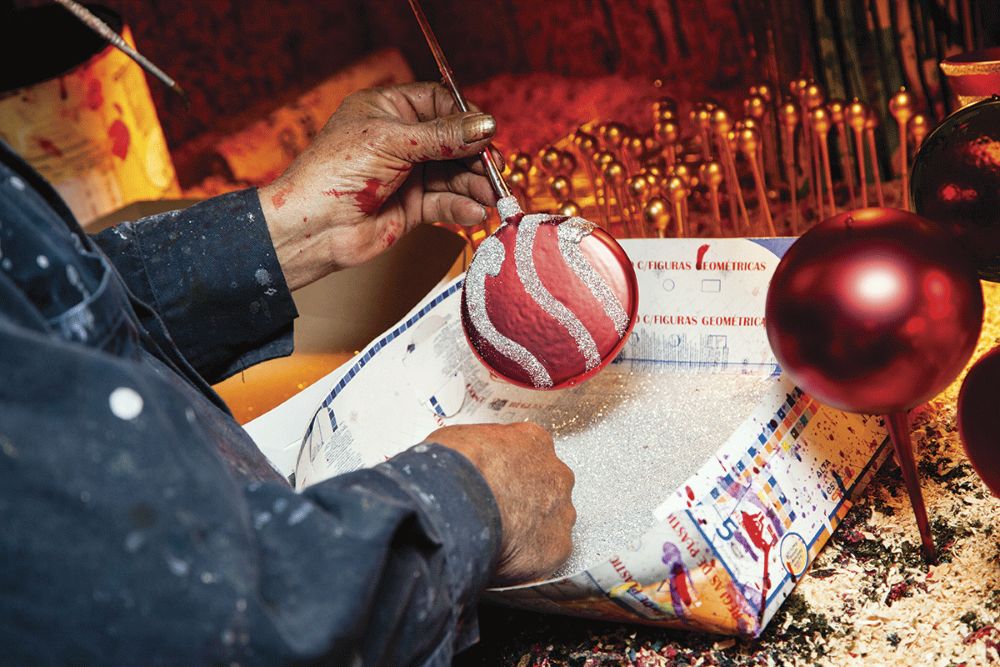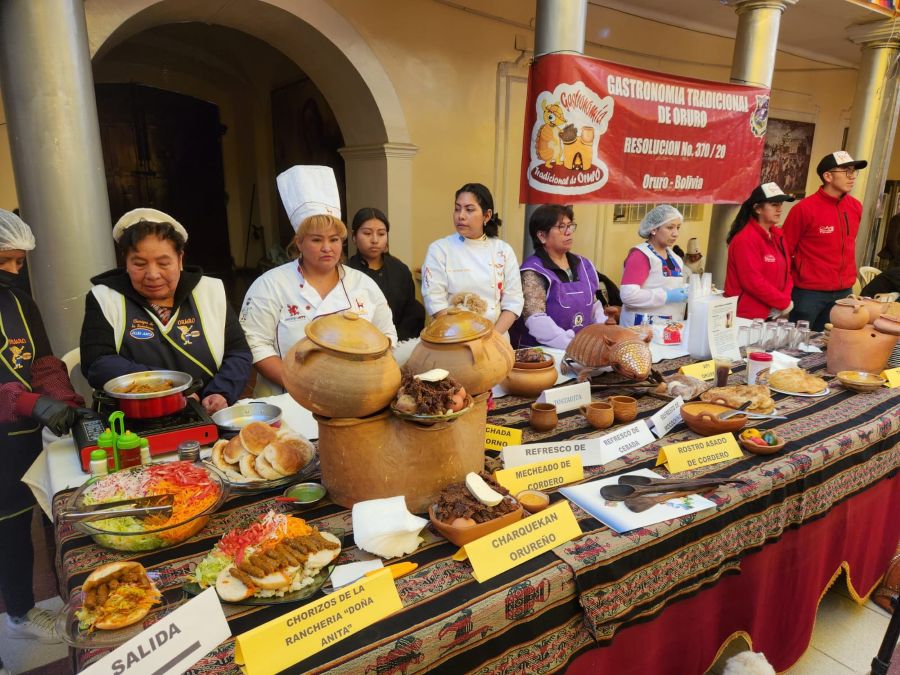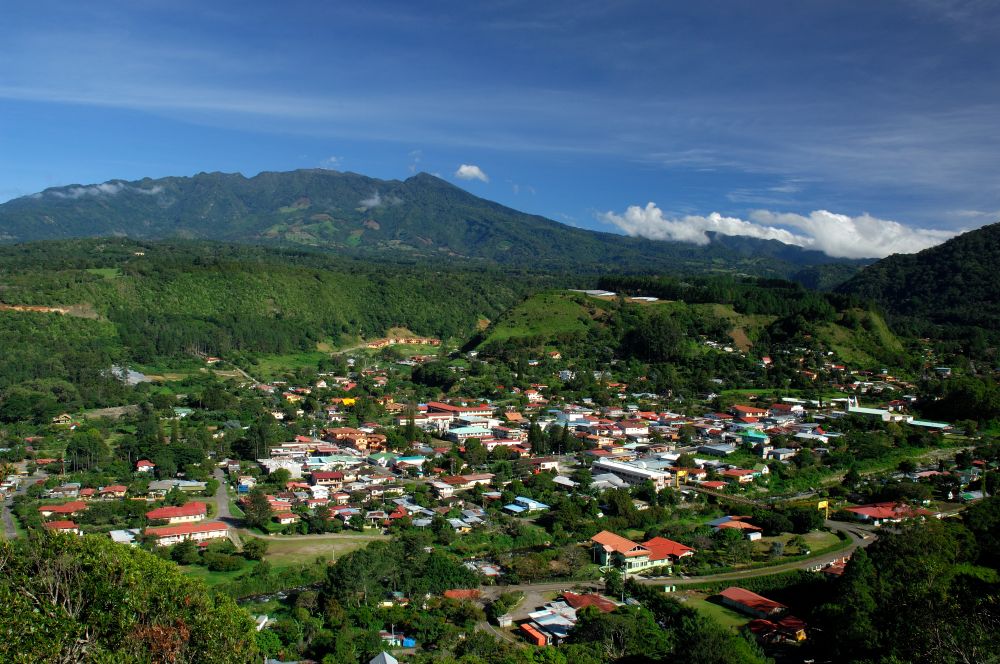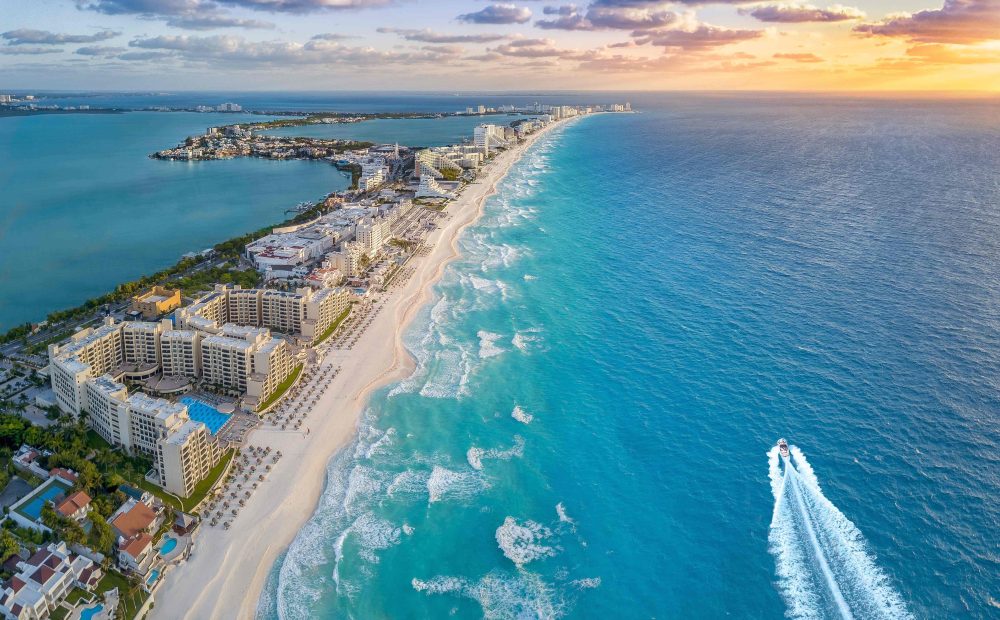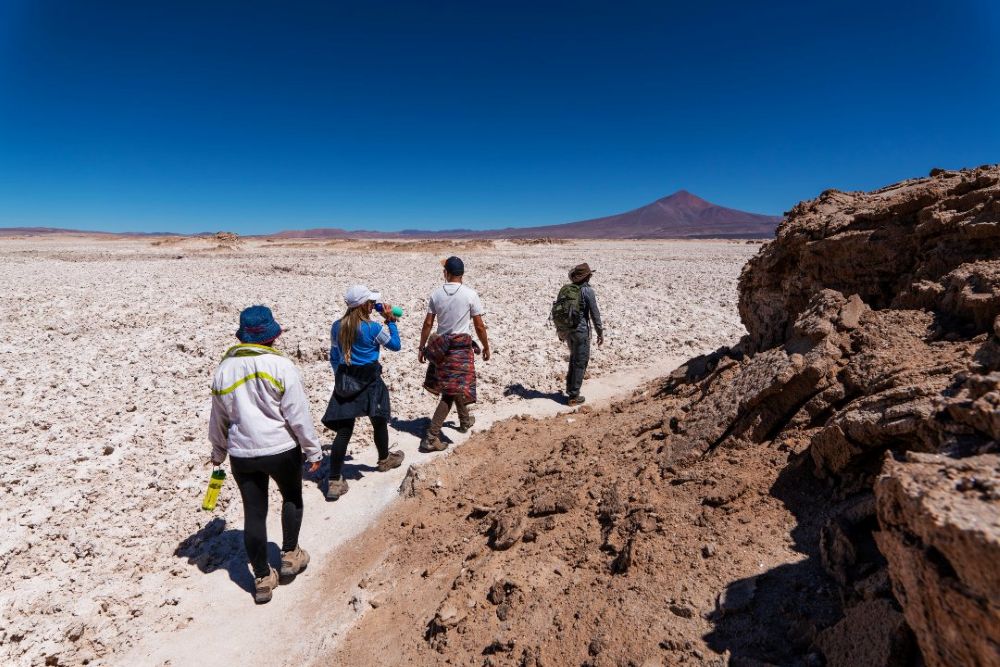In a circle of music and movement, two figures respond to each other without ever touching. Between dodges, jumps and spins, capoeira tells a story where the body becomes memory. This art that blends dance, combat and song was born in
From colonial plantations to world recognition
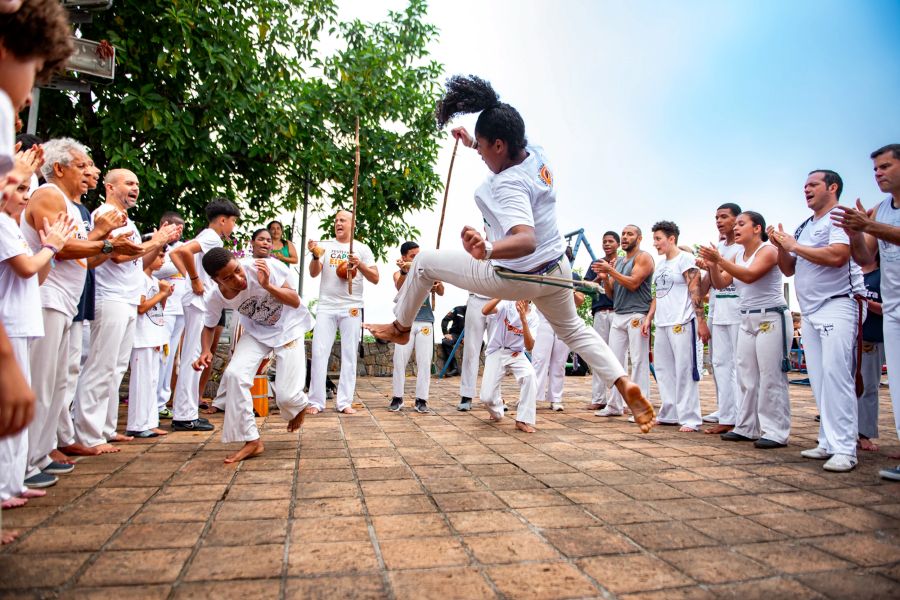
Born in colonial Brazil, capoeira is the result of the cultural fusion among African peoples who were enslaved. In the sugarcane plantations and ports, these men and women united dances, ritual rhythms and defense techniques to preserve their culture and dignity.
Long repressed after the abolition of slavery in 1888, it survived in Afro-descendant communities, especially in Salvador de Bahia. Thanks to masters such as Mestre Bimba and Mestre Pastinha, it gained new legitimacy, eventually being inscribed in 2014 on UNESCO’s Intangible Cultural Heritage of Humanity list.
In the 1990s, capoeira gained global visibility thanks to the film Only the Strong, directed by Sheldon Lettich, which introduced the general public to its musicality and grace. Pop culture amplified the phenomenon with the character Eddy Gordo in the famous Tekken video game saga, bringing capoeira into the collective imagination of an entire generation. Today, this practice is taught in more than 150 countries — proof that an art born from resistance can become a universal language.
The art of the game and the roda
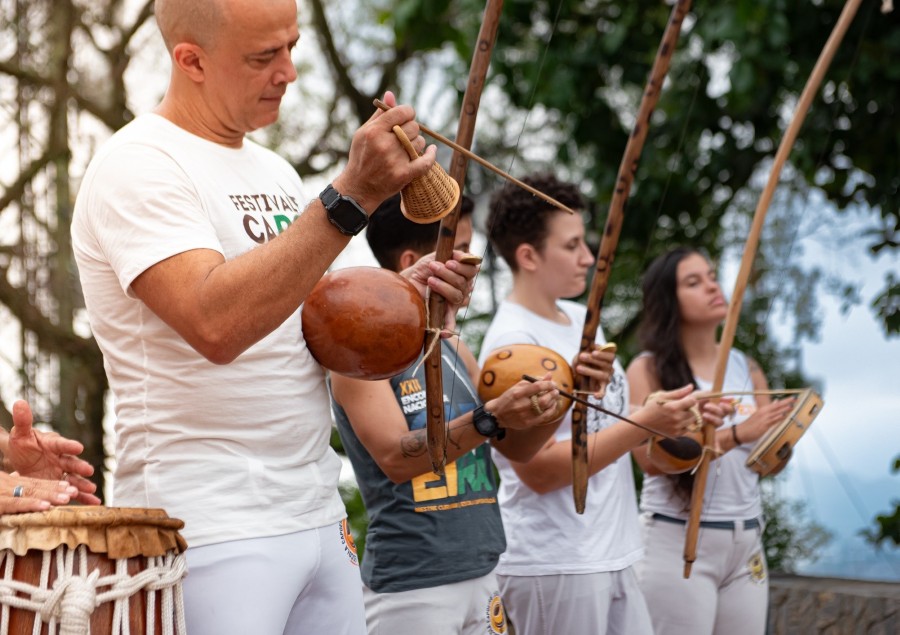
At the heart of capoeira is the roda — the living circle where everything takes meaning. The berimbau, a musical bow, sets the rhythm, accompanied by the pandeiro (tambourine), atabaque (drum) and agogô (double metal bell). Around them, voices rise, singing of the masters and their history. The ginga, the basic movement, keeps the player in constant motion — never still, always ready to attack or dodge.
Every gesture is a dialogue: a call, a response, an improvisation. Capoeira is not a confrontation but a language of the body where creativity, strategy and mutual respect intertwine.
Styles and schools
- Capoeira Angola: heir to African roots, it maintains a slow rhythm, low movements and a ground-level game where cunning prevails over strength.
- Capoeira Regional: created in the 1930s, it incorporated elements of martial arts and a structured teaching system. It introduced acrobatics, white uniforms, levels of mastery and organized instruction.
- Contemporary Capoeira: a fusion of the Angola and Regional styles, it combines technique and performance, adapting to new contexts while preserving the balance between art, combat and music.
An art shared with the world
From Salvador to Recife, and from Rio de Janeiro, capoeira sets the rhythm of life in squares and beaches. In some destinations such as Arraial d’Ajuda, schools offer introductory classes to travelers, inviting them to discover the philosophy of this art rather than simply learning a technique.
Those who watch a roda see a show. Those who step inside discover a language.
Because in the end, capoeira is much more than a martial art or a dance: it is proof that history — even when painful — can be transformed into beauty, rhythm and freedom.
Photos: Visit Brasil | Renata Spinelli

